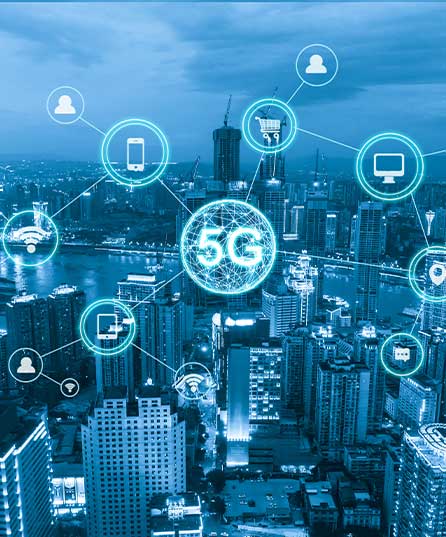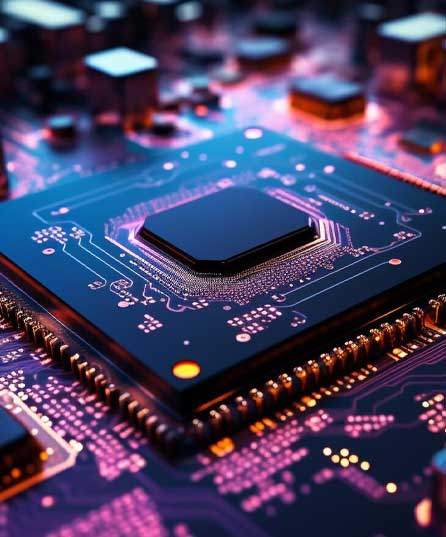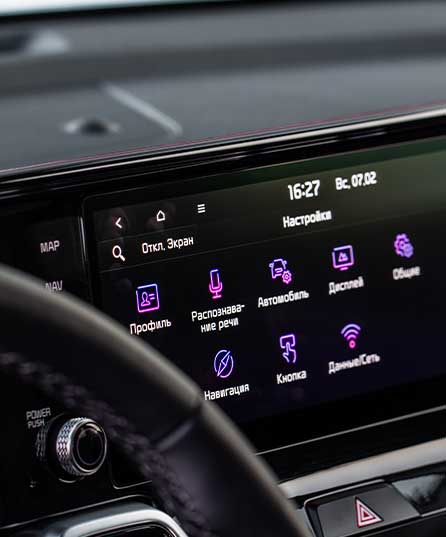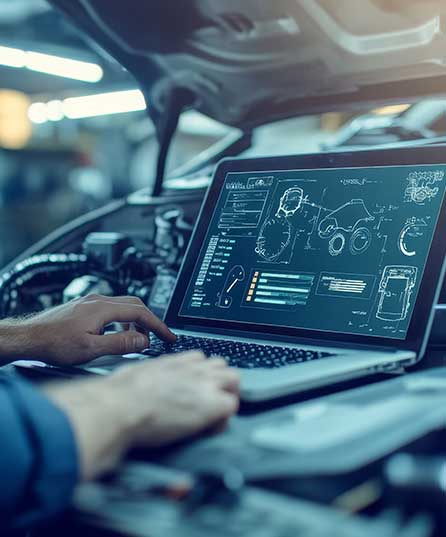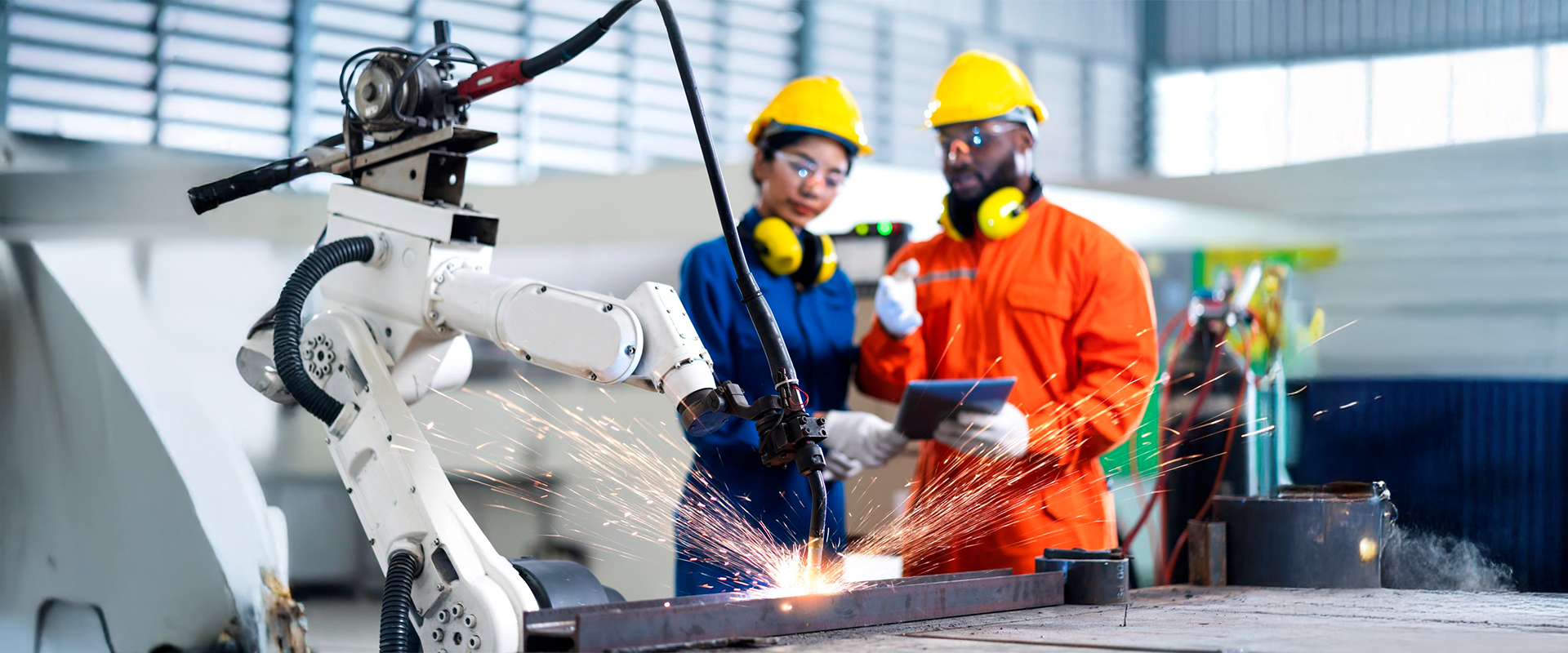
Executive summary
Physical AI represents a rapidly growing market segment. After a few false starts and some consumer device flops in 2024, the media attention is overwhelmingly focused on humanoid robots. However, many industry experts still seem to think that most measurable ROI comes from purpose-built industrial systems.
Engineering leaders face a critical disconnect between industry promises of anthropomorphic automation and the real operational challenges that require sub-100-ms response times, hazardous environment operations, and proven safety standards.
In this article, let us examine where Physical AI implementations deliver measurable business impact. Autonomous Robots like Boston Dynamics’ SPOT robots deliver measurable safety improvements on BP oil rigs by reducing personnel exposure to hazardous environments. Autonomous mobile robots achieve rapid ROI payback in manufacturing facilities, and edge computing architectures enable latency-critical operations impossible with cloud-dependent systems. Meanwhile, expensive humanoid platforms struggle with basic industrial requirements like explosion-proof certification required for Zone 1 classified areas and maintenance protocols.
The technical foundation enabling practical Physical AI centers on three critical capabilities:
A) Edge-native processing architectures that eliminate cloud latency dependencies
B) Multimodal sensor integration providing contextual environmental understanding
C) Digital twin partnerships that enable autonomous adaptation to unprogrammed scenarios
Yet security vulnerabilities, explainability challenges, and hidden implementation costs remain significant barriers that most vendors minimize in their positioning.
The Physical AI market reality behind the headlines
Market analysts project the AI robots market will grow from $8.77 billion in 2023 to $89.57 billion by 2032, with humanoid robots commanding the lion’s share of media attention. Tesla’s Optimus promises to fold your laundry, Figure AI has raised $675 million for anthropomorphic assistants, and countless demos show robots walking, dancing, and mimicking human movements with increasing sophistication.
Meanwhile, during a conversation with an engineering manager at a manufacturing facility last month, he explained why he chose a four-wheeled autonomous inspection robot over a humanoid alternative for hazardous area monitoring. “The humanoid looked impressive in the demo,” he said, “but when I asked about explosion-proof certification, maintenance protocols, and response times of under 100 milliseconds, the conversation became very different.”
This disconnect captures the central challenge engineering leaders face today. You are bombarded with promises of humanoid robots while grappling with real operational challenges, including unscheduled downtime that costs your facility $50,000 per hour, safety risks that keep you awake at night, and pressure to automate processes that require sub-second response times. The question here is, where does marketing spectacle end and engineering value begin?
The great disconnect – When form follows fiction
The humanoid obsession stems from decades of conditioning in science fiction. From Maria in Metropolis to C-3PO in Star Wars, our collective imagination associates advanced robotics with human-like appearance. This psychological bias now drives investment decisions, media coverage, and vendor positioning strategies. Walk through any manufacturing trade show, and you will notice the crowds gathering around bipedal robots while purpose-built industrial solutions operate quietly in the background. Gartner identifies “Agentic AI” as the top technology trend for 2025, describing autonomous systems that move beyond simple query-response interactions to perform enterprise tasks without human guidance. Yet their analysis focuses on software agents, not physical manifestations. The gap between AI capabilities and physical implementation remains vast, particularly when human-like form factors introduce unnecessary complexity.
Consider the engineering challenges inherent in humanoid design. Bipedal locomotion demands complex and high computational overheads for constant balance calculations, joint coordination, and terrain adaptation. This serves no purpose in controlled industrial environments like a manufacturing facility with smooth floors and predictable obstacles.
Beyond these technical limitations, humanoid robots currently range from $30,000 for basic models to over $100,000 for advanced systems. That same budget could instead procure multiple purpose-built solutions with proven ROI and reliability.
The quiet revolution – Physical AI that actually works
While humanoid robots capture headlines, the real Physical AI revolution unfolds in environments where human presence is impossible, impractical, or dangerous. In the BP’s example discussed earlier, Boston Dynamics’ Spot robot, which is used to improve safety and efficiency on oil rigs, uses a four-legged platform to navigate complex industrial environments while carrying thermal imaging cameras, gas detection sensors, and inspection equipment. The robot doesn’t need to look human; it needs to work reliably in conditions that would endanger human personnel. Industrial automation companies report ROI realization between 6 and 18 months for autonomous mobile robots in manufacturing environments. These systems operate 24/7 without breaks, sick days, or overtime costs. A single AMR (Autonomous Mobile Robot) handles material transport, replacing multiple human shifts while reducing workplace injuries and improving inventory accuracy.
Consider the autonomous driving revolution, which is rarely positioned as Physical AI, despite being the largest deployment of intelligent physical systems in history. Millions of vehicles now incorporate Autonomous Driving and Advanced Driver Assistance Systems (ADAS) that sense environments, make split-second decisions, and take physical actions. The technology demonstrates mature sensor fusion, edge computing, and safety validation frameworks that humanoid robots are only beginning to explore.
IDC predicts edge computing investments will reach $317 billion by 2026, driven by the need for real-time processing capabilities. This shift toward edge processing directly enables Physical AI applications where latency matters more than computational sophistication.
Why local processing changes everything
The transition from cloud-dependent to edge-native architectures represents the most significant enabler of practical Physical AI. Traditional IoT systems follow a predictable pattern: sense environmental conditions, transmit data to cloud platforms, process information through remote servers, then send commands back to physical actuators. This approach works for applications where seconds or minutes of delay are acceptable, but fails catastrophically in scenarios requiring immediate response, even with low-latency networks like 5G. Manufacturing environments demand different performance characteristics. When a robotic arm detects an unexpected obstacle, it has milliseconds to adjust its trajectory before a collision occurs. Network latency to cloud processing centers can range from 50 to 200 milliseconds under ideal conditions, far too slow for safety-critical applications.
Advanced low-power, high-performance computing systems and edge computing architectures eliminate these bottlenecks by integrating powerful computing platforms directly into robotic systems. This enables immediate sensor-to-actuator response loops without external dependencies. Local processing proves essential for challenging environments like offshore oil platforms, underground mining operations, and remote infrastructure sites. These locations cannot guarantee consistent internet connections, yet Physical AI systems must function independently while maintaining safety standards.
Multimodal intelligence – Beyond single-purpose sensors
Traditional industrial automation relies on discrete sensors that measure specific parameters, such as temperature, pressure, vibration, or position. Each sensor provides isolated data points that control systems evaluate against predetermined thresholds. This approach works well for predictable scenarios but struggles with complex, dynamic environments where multiple factors interact unpredictably. Physical AI systems integrate numerous sensor modalities to form a coherent understanding of the environment. Vision systems identify objects, obstacles, and anomalies. Audio sensors detect equipment malfunctions, leaks, or unusual operational sounds. Environmental sensors monitor temperature, humidity, chemical composition, and radiation levels. The combination creates rich situational awareness, enabling contextual decision-making.
This multimodal approach requires sophisticated data fusion algorithms that operate in real-time. Machine learning models trained on industrial environments learn to recognize patterns across sensor inputs, identifying subtle indicators that single-sensor systems would miss.
Digital twin evolution from static models to autonomous operations
Digital twin technology began as a sophisticated modeling and simulation capability, creating virtual representations of physical assets for design optimization and predictive analysis. Physical AI systems transform digital twins from passive models into active operational partners. The physical robot continuously updates its digital counterpart with real-time sensor data, creating dynamic synchronization between virtual and physical domains. This partnership enables capabilities that neither domain could achieve independently. The physical robot handles immediate responses and safety-critical decisions using local processing power. The digital twin performs long-term analysis, identifies optimization opportunities, and updates operational parameters based on accumulated experience.
Autonomous adaptation represents the ultimate evolution of this partnership. Physical AI systems operating in unprogrammed scenarios can leverage their digital twins for guidance and decision support. When the robot encounters unexpected conditions, it queries its digital counterpart for similar historical scenarios, simulation results, and recommended responses.
Traditional automation systems require extensive reprogramming for operational changes, production line modifications, or new product introductions. Physical AI systems with robust digital twin integration adapt to changes dynamically, reducing downtime and engineering overhead.
The uncomfortable truths – Security, explainability, and hidden costs
The transition from software-based AI to physical AI systems introduces security vulnerabilities that traditional cybersecurity frameworks cannot address adequately. Software vulnerabilities typically result in data breaches, service disruptions, or financial losses. Physical AI vulnerabilities can cause equipment damage, environmental contamination, or human injury. The attack surface expands from network interfaces to include sensor manipulation, actuator hijacking, and physical tampering. Adversarial attacks against computer vision systems demonstrate these vulnerabilities clearly. Researchers have shown how strategically placed stickers or patterns can fool AI systems into misidentifying objects, missing obstacles, or making incorrect decisions. In laboratory settings, these demonstrations are amusing curiosities. In industrial environments with moving machinery and hazardous materials, the consequences become serious safety concerns.
The explainability challenge compounds security risks. When autonomous systems make decisions through deep learning algorithms, their reasoning process often remains opaque to human operators. Regulatory compliance becomes problematic when systems cannot explain their decision-making processes. Safety-critical industries require documented justification for operational decisions, particularly when incidents occur.
Cost considerations extend far beyond initial purchase prices. Physical AI systems require specialized integration expertise, ongoing software updates, cybersecurity monitoring, and maintenance protocols that traditional automation systems do not demand. Infrastructure requirements add additional expense, including edge computing platforms, robust networking, backup power systems, and environmental controls. The total cost of ownership often exceeds initial budget projections by significant margins.
Quest Global’s engineering-first perspective
The Physical AI opportunity requires systems thinking that integrates mechanical engineering, electrical systems, software development, and domain expertise beyond the nuances of AI. Software companies excel at AI algorithms but struggle when robots must operate in dusty factories or withstand temperature extremes. Traditional automation vendors understand industrial environments but lack AI expertise to make machines truly intelligent. Quest Global bridges this gap through our unique combination of AI and data capabilities, deep mechatronics expertise spanning electronics to materials science, and robust digital twin technologies. Our partnership with NVIDIA leverages their Physical AI framework across robots, autonomous vehicles, and smart spaces while applying engineering rigor that transforms promising demos into reliable industrial solutions.
Manufacturing facilities need systems that reduce downtime, improve safety, and deliver measurable efficiency gains while meeting strict industry requirements. Our domain-focused approach ensures automotive applications achieve ISO 26262 functional safety standards, aerospace systems satisfy DO-178C software certification, and medical devices pass FDA validation requirements or any such compliance requirements. The path from prototype to production requires rigorous mechanical stress testing, environmental qualification, and electromagnetic compatibility validation. Edge and cloud computing architectures enable real-time decision-making while maintaining the reliability standards that industrial environments demand.
Building industrial Physical AI systems
McKinsey’s 2022 Global Industrial Robotics Survey reveals that industrial companies are set to spend heavily on robotics and automation, with Physical AI representing the next evolution in this investment trend. The convergence of edge computing maturity, 5G network availability, and multimodal AI capabilities creates the foundation for widespread deployment. Successful implementation requires engineering rigor rather than marketing enthusiasm. Physical AI systems must prove themselves in pilot deployments before scaling to mission-critical applications. Current systems excel in specific applications where business cases are clear and technical requirements are well-defined. Industrial inspection, hazardous environment monitoring, and predictive maintenance represent proven applications with demonstrated ROI.
Future capabilities will emerge as edge computing platforms become more powerful, sensor technology improves, and AI algorithms become more efficient. The humanoid robots generating current excitement may eventually find practical applications, but purpose-built solutions will continue dominating industrial environments where function matters more than form.
Engineering value over marketing spectacle
Physical AI represents a genuine technological advancement with substantial business potential, but success requires focus on engineering fundamentals rather than anthropomorphic demonstrations. The manufacturing facility achieving 30% efficiency gains with autonomous mobile robots creates more business value than the humanoid robot performing party tricks in trade show booths. Engineering leaders today must evaluate Physical AI opportunities through practical lenses such as the business problem to be solved, tech stack and tooling requirements, integration and implementation complexity, and total cost of ownership. The systems that work reliably in industrial environments will drive this technology’s adoption, regardless of their resemblance to science fiction characters.
Quest Global’s engineering-first approach positions us to support Physical AI implementations that deliver measurable business results. Our cross-domain expertise in mechatronics, edge computing, and industry-specific requirements enables successful deployments where pure technology vendors struggle with real-world complexity.
The Physical AI revolution is already here, but it’s happening in purpose-built solutions solving specific business problems rather than general-purpose humanoids capturing imagination and investment dollars. The next phase of this evolution will separate engineering reality from marketing spectacle, rewarding companies that focus on substance over style.
In Part 2 of this article series, we will examine Physical AI use cases and specific implementation strategies for ADAS systems, medical devices, and industrial applications. The article will cover concrete frameworks for evaluating and deploying Physical AI solutions that deliver measurable business results.
Download this article as PDF




